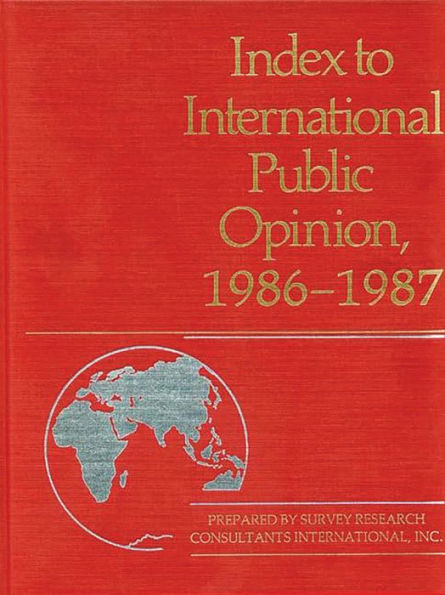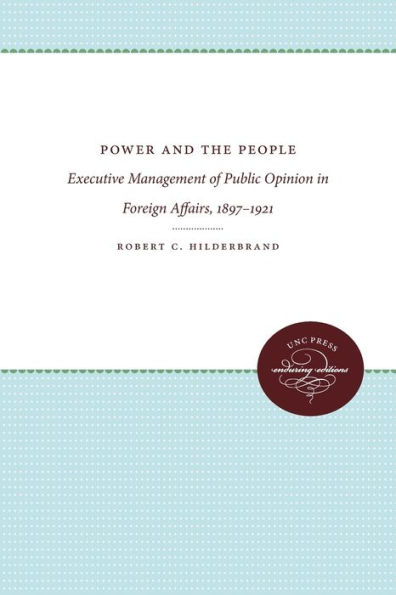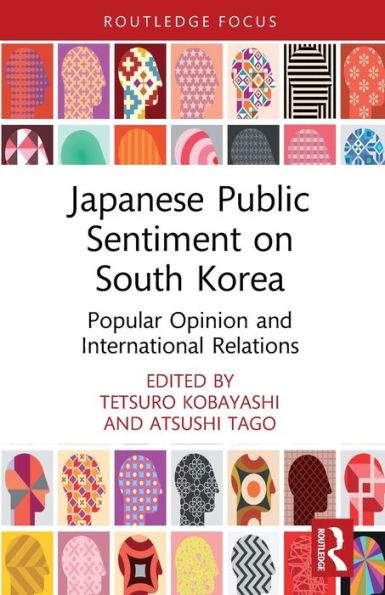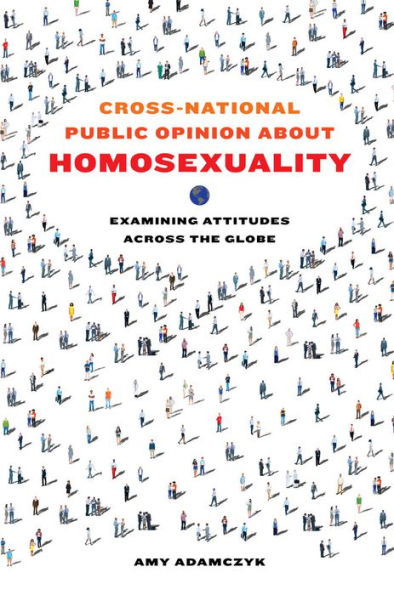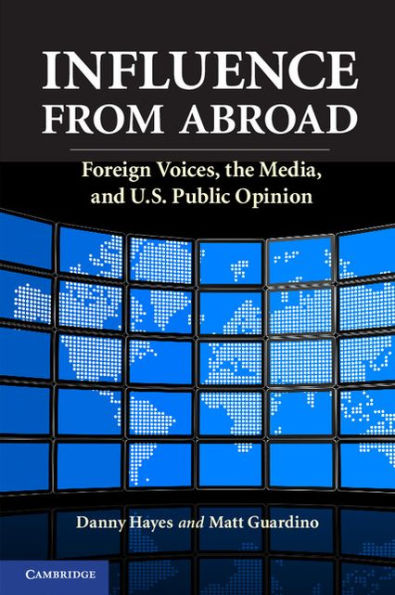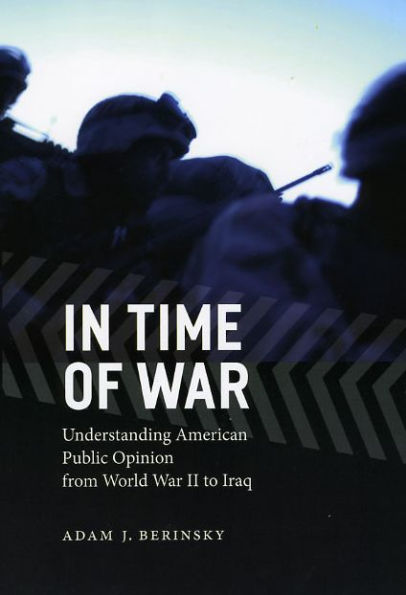Home
World Order from the People's Perspective Middle East: Quantitative Analysis of International Relations Perception and Cross-Border Mobility Experience Awareness Based on Public Opinion Surveys
Loading Inventory...
Barnes and Noble
World Order from the People's Perspective Middle East: Quantitative Analysis of International Relations Perception and Cross-Border Mobility Experience Awareness Based on Public Opinion Surveys
Current price: $159.99
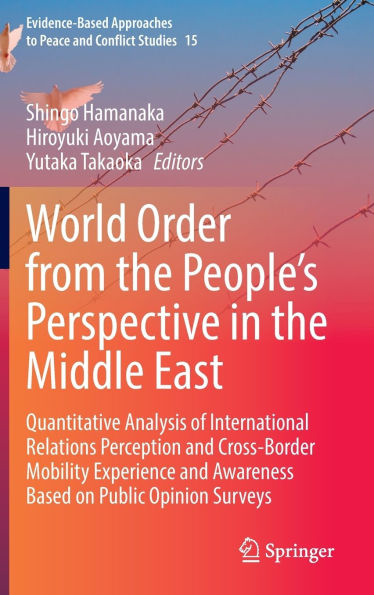

Barnes and Noble
World Order from the People's Perspective Middle East: Quantitative Analysis of International Relations Perception and Cross-Border Mobility Experience Awareness Based on Public Opinion Surveys
Current price: $159.99
Loading Inventory...
Size: Hardcover
*Product Information may vary - to confirm product availability, pricing, and additional information please contact Barnes and Noble
The Arab Spring demonstrated the crucial importance of understanding the political awareness and behavior of the general public. This book employs original survey data to examine the political attitudes, perceptions of international relations, and experiences and preferences related to cross-border migration among ordinary people in the Middle East. We have conducted a decade-long study of Middle East public opinion, utilizing two research concepts. The first is the political cognitive map, which constructs the international system, i.e., the relations among major powers, from public opinion data. The second is the experience and preferences of cross-border migration, which enables us to analyze the problems of immigration, refugees, and terrorist infiltration. Through these two research concepts, we have attempted to understand the order and dynamics of the Middle East region. This book opens new horizons for the study of Middle Eastern politics.
